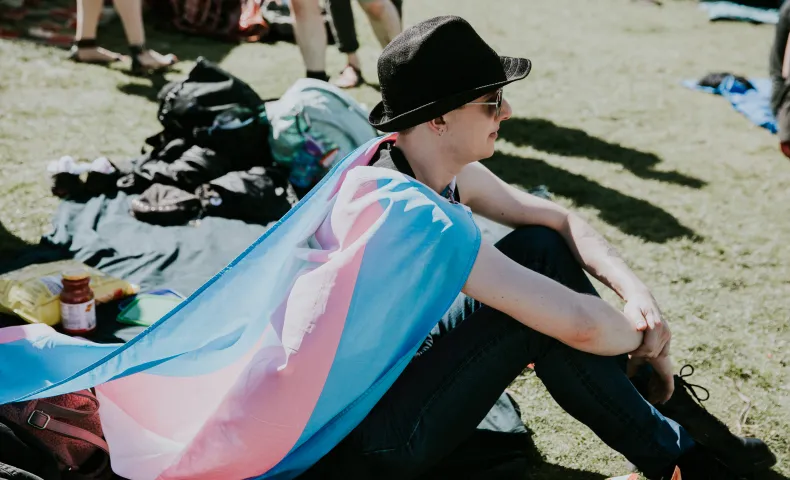 Photo by Jamie Thrower
Photo by Jamie Thrower
The Philanthropic Closet
A new survey of 36 foundations indicates that the majority of LGBTQ people working in philanthropy are “in the closet” at work, meaning they have not disclosed their sexual orientation or gender identity to all or most of their coworkers. The first-of-its-kind survey, conducted with funding from the Evelyn and Walter Haas, Jr. Fund, provides a closer look at the representation and experiences of LGBTQ people in philanthropy.
“The fact that so many LGBTQ people in our field are in the closet is troubling,” said Matt Foreman, senior program director for gay and lesbian rights with the Haas, Jr. Fund. ”Staying in the closet is emotionally draining and consumes an incredible amount of energy. It requires self-censoring and being evasive when answering simple questions like, ‘How was your weekend?’ or ‘What are you doing for the holidays?’ It entails skipping work events or feeling compelled to bring along a fake date. Clearly, we all have more work to do to make philanthropy a truly welcoming field for LGBTQ workers.”
The survey, The Philanthropic Closet: LGBTQ People in Philanthropy, was conducted by Funders for LGBTQ Issues, a network of more than 75 foundations, corporations, and funding institutions, including the Haas, Jr. Fund. In total, 947 individuals from 36 foundations participated in the survey. Highlights from the report include:
- Gay, lesbian, and bisexual people make up 16.2% of the staff and board at participating foundations.
- Transgender, genderqueer, and gender non-conforming people people account for 2% of the staff and board at participating foundations.
- The majority of LGBTQ people in philanthropy are “in the closet” at work, meaning they have not disclosed their sexual orientation or gender identity to all or most of their co-workers. Across all foundations surveyed, 53.4% are “in the closet” at work.
In addition to presenting the data, the report explores the implications of the “philanthropic closet” and offers recommendations for foundations. These include: targeting outreach to LGBTQ communities when recruiting for new staff; adopting LGBTQ-friendly policies related to insurance and other issues; and taking steps to build more inclusive and welcoming organizational cultures.